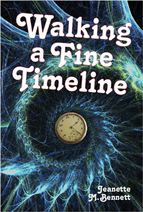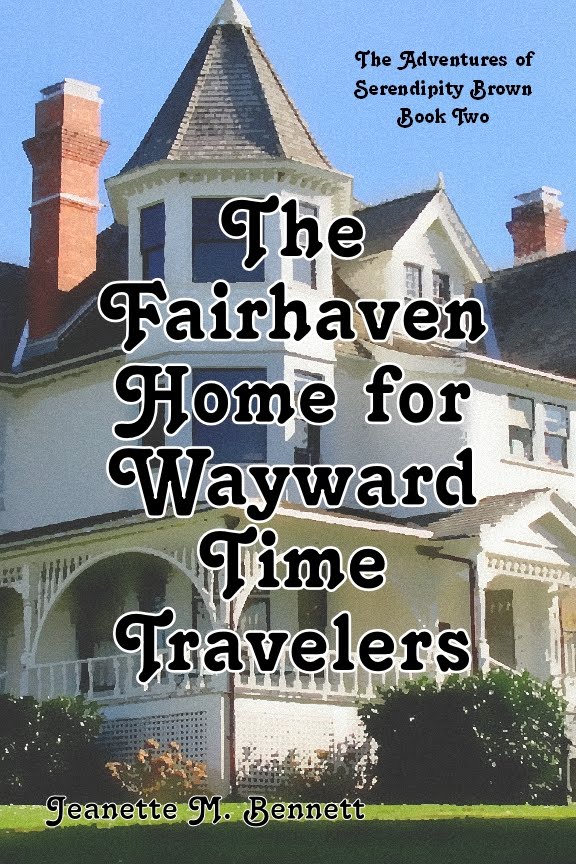Monday, 11 September 1871 - Liverpool, England
 |
| future Seaman's Orphan Institute |
Today I was present for the laying of the foundation stone for the Liverpool Seaman's Orphan Institution by Ralph Brocklebank. The Brocklebank family owns one of the oldest and largest shipping firms in Liverpool. Since the Seaman’s Orphan Institute’s founding in 1869, the orphans have been living in temporary quarters. Their permanent home won’t be finished until 1874.
You may wonder why the University of Liverpool wanted me to cover such a trivial event as the laying of a foundation stone for an orphange, but it is not trivial. This organization was more than overdue. The life of a sailor is a dangerous one and they have left plenty of orphans. Liverpool realized it had better do something to repay the sacrifices of these brave seaman. Without sailors and ships there would be no Liverpool. Well, maybe a tiny village with a couple of farms, but it would not be a city by any stretch of the imagination.
Liverpool was founded in 1207 with a Royal Charter from King John. Yes, that King John, villainized in all the Robin Hood movies. However King John was not the total idiot he is often portrayed as. He could see this spot would make an excellent port. Problem was it would take nearly five centuries for anyone else to see that.
 |
| map of Liverpool 1600 |
For a long time Liverpool was just a small fishing village. By the middle of the 16th century she had 600 souls. Then in 1648 Liverpool received it’s first cargo from America, starting a trans-Atlantic highway. By 1700 the city’s population was 7,000. She will swell to 75,000 by the end of the century, increasing more than ten fold.
 |
| map of Liverpool 1769 |
In the early eighteen century two things happened that would make Liverpool one of the biggest ports in the world. First she built the world’s first commercial enclosed wet dock, capable of holding 100 ships. Secondly she sent out her first slave ship. By the end of the century 40% of the world’s and 80% of Great Britain’s slave ships sailed from Liverpool. Slavery made a lot of people rich, and made a lot more people miserable. (To be fair to Liverpool, in 2007 she opened the International Slavery Museum, in the memory of all those victims, rather than pretending it never happened.)
 |
|
Slavery was not the only commerce. From Liverpool products from Great Britain went over seas to the Americas. Returning ships were loaded down with products from the New World--sugar, tobacco, wheat, and most importantly, cotton. Cotton mills were opened in Liverpool but most of the cargo was shipped to Manchester. At first they went there by canal, but in 1830 Liverpool was linked to Manchester by way of the world’s very first commercial railway. Soon Britain would be crisscrossed with rail.
 |
| original Liverpool and Manchester Railway |
Liverpool’s shipping industry just got bigger. Between 1824 and 1858 over 140 acres of new docks were built. Currently (1871), it’s estimated that 40% of all the shipping in the world goes through Liverpool. It is bringing sailors, merchants and workers from all over the world to this city.
During the Potato Famine, thousands of Irish migrated here--300,000 in 1847 alone. In the 1851 census, one in four people in Liverpool put down Ireland as their birthplace. In the second half of the 1800s, at least 120,000 Welsh also came. The two Celtic groups gave Liverpool it’s unique “Souser” accent.
 |
| Scandinavian Church |
The name Souser comes from a Norwegian dish lapskaus. The Norwegian sailors introduced the stew to the locals and it has become a local favorite. Since the 1850s many Scandinavians have immigrated to Liverpool. By 1888 the community will be large and wealthy enough to build a huge church, the Gustaf Adolfs Kyrka.
The slave trade also gave Liverpool Britain’s first Black community. Freed slaves, runaway sailors from America and servants brought by captains, made the Black population 10,000 by 1720. They had to deal with racism, but they survived and flourished.
Liverpool has Europe’s oldest Chinatown. They have been coming in since the East India Company lost their monopoly on eastern trade. The massacre of Greeks by the Turks in 1821 will send a wave of Greek immigrants here. Italians have come here recently to escape poverty. There are some tradesmen and sailors from India. If you look hard enough you can find people from all over the world.
By 1871 all this immigration will make Liverpool’s population 493, 405. Apparently immigrants are also a great export for the city. Two-thirds of the immigrants to the United States and Canada will pass through Liverpool. (Remember
my trip to Ellis Island in 1893 last year? I had to start in Liverpool.)
 |
| Dr. William Duncan |
Unfortunately this rapid, unplanned growth made Liverpool Britain’s filthiest city in the first half of the century. This led to cholera, small pox, typhus and other outbreaks in the slums. Those outbreaks would spill into nicer neighborhoods. When other ports began to ban ships from Liverpool from docking, the city fathers decided to do something about it. The appointed Dr. William Duncan as the UK’s very first Medical Officer of Health in 1847. He seemed the perfect man since he had long been nagging them about the problem. And Liverpool listened. By 1871, one can already see a drastic change.
Besides having some of the worst slums, Liverpool also has some of the nicest neighborhoods in Great Britain. The only town with more millionaires is London. Most made their money in shipping.
 |
| Victorian Liverpool |
There is almost nothing left of the medieval village that was Liverpool. It is a growing, modern city. All right, they are having problems with gangs of hoodlums in the slums now (that will get national attention in three years,) but Liverpool is working hard to solve her problems. She will just get better and better. Or in the words of her future poet laureates, the Beatles: “Getting so much better all the time.”
 |
| Liverpool's The Quarrymen in 1958 (future Beatles) |


























































